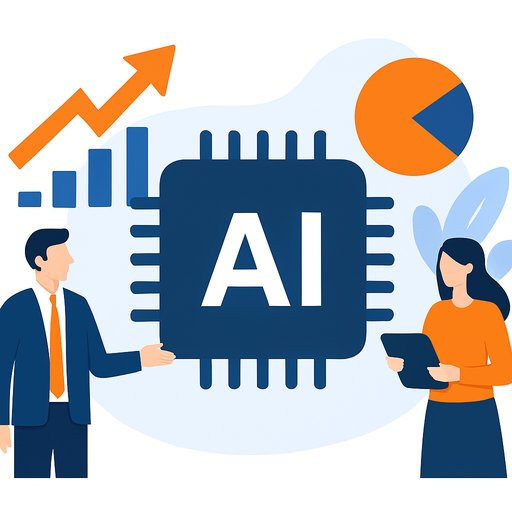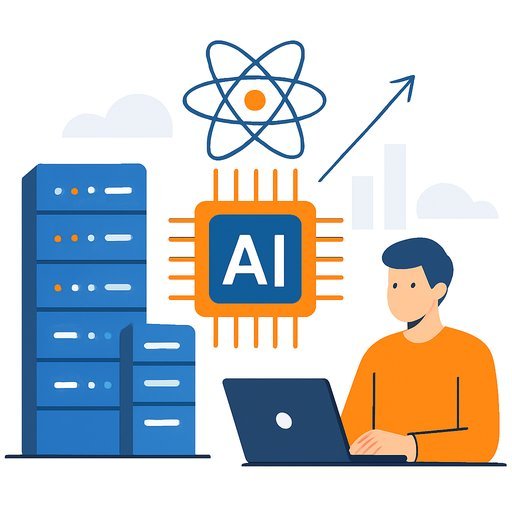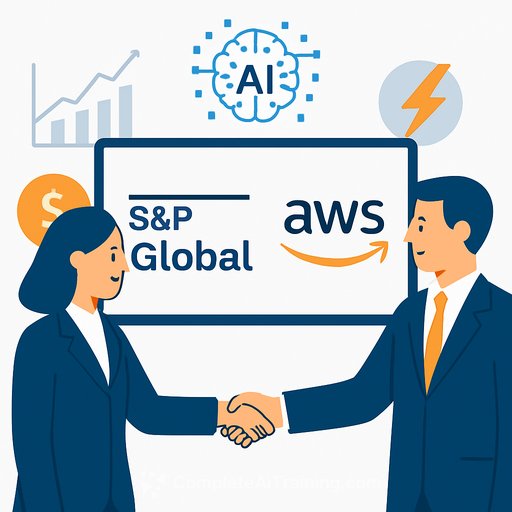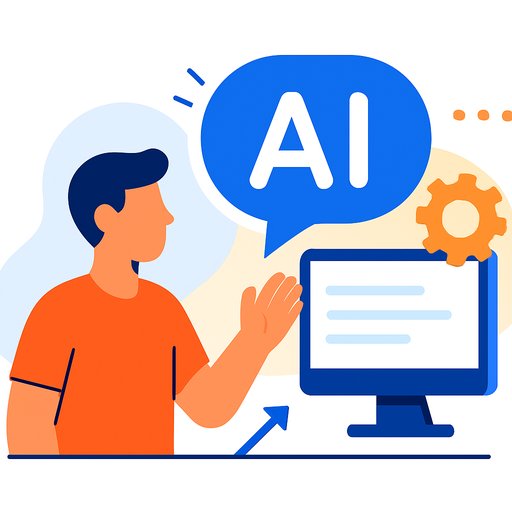AMD lands multi-year AI chip deal with OpenAI as Viking adds shares and Coatue trims
AMD has signed a multi-year agreement to supply AI chips to OpenAI. The deal reportedly includes an option for OpenAI to acquire up to roughly 10% of AMD.
On the institutional side, Viking Global Investors increased its AMD stake to 4.2 million shares, while Coatue Management reduced its position by 19% to 1.2 million shares as of September 30, 2025. AMD shares were recently down 0.46%.
Why this matters for IT and development
Reliable access to high-performance accelerators is the bottleneck for AI roadmaps. If AMD is ramping supply to OpenAI, it signals fresh capacity entering the ecosystem and more optionality for model training and inference beyond current channels.
For engineering leaders, this could mean shorter lead times, new optimization targets, and broader support in major AI frameworks. Expect growing libraries, kernels, and toolchains focused on AMD accelerators as deployments scale.
Why this matters for finance
The OpenAI option-if exercised-would be a material ownership shift. It introduces strategic alignment between a top AI platform and a core silicon provider, with possible implications for supply preference, pricing, and long-term collaboration.
Viking's increase suggests conviction in AMD's AI trajectory, while Coatue's trim may reflect profit-taking, rebalancing, or a different risk view into year-end. Net, flows show active positioning as AI capex visibility improves.
Key facts at a glance
- Deal: AMD signs a multi-year AI chip supply agreement with OpenAI, with an option for OpenAI to acquire up to ~10% of AMD (as reported).
- Institutional moves: Viking Global Investors lifts holdings to 4.2M shares; Coatue Management cuts its stake by 19% to 1.2M shares (as of Sep 30, 2025).
- Price check: AMD ticked -0.46% around the update.
Practical takeaways for teams
- IT leaders: Map your 2025-2026 accelerator needs across training and inference. Begin vendor-agnostic benchmarking that includes AMD accelerators, and request supply/lead-time guidance from partners.
- Developers: Prepare for mixed-hardware environments. Containerize workloads, pin framework versions, and validate performance on AMD-optimized stacks. Prioritize portability in model serving.
- Finance and PMs: Track potential dilution scenarios if the OpenAI option is exercised, and model capex cycles tied to AI infrastructure growth. Watch fund flow trends from large holders for sentiment shifts.
What to watch next
- Delivery cadence: Any signals on volume, node, and lead times for AI accelerators going to OpenAI.
- Ecosystem support: Updates from major frameworks and hyperscalers on AMD-optimized paths for training/inference.
- Institutional filings: Follow subsequent 13F/13D updates for continued positioning changes among large holders.
Context and resources
For official updates, monitor the AMD newsroom and investor pages, and check regulatory filings for position changes and material agreements.
Upskill for the AI buildout
If you're planning AI capability internally-whether for data teams, devs, or finance ops-structured learning helps you move faster with fewer missteps. Start with role-specific paths and hands-on content.
Bottom line: the AMD-OpenAI agreement points to growing AI capacity and deeper vertical ties between platforms and silicon. For builders and investors, now is the time to tighten procurement plans, harden portability in your stack, and keep a close eye on filings that hint at where capital-and compute-is moving.
Your membership also unlocks:










